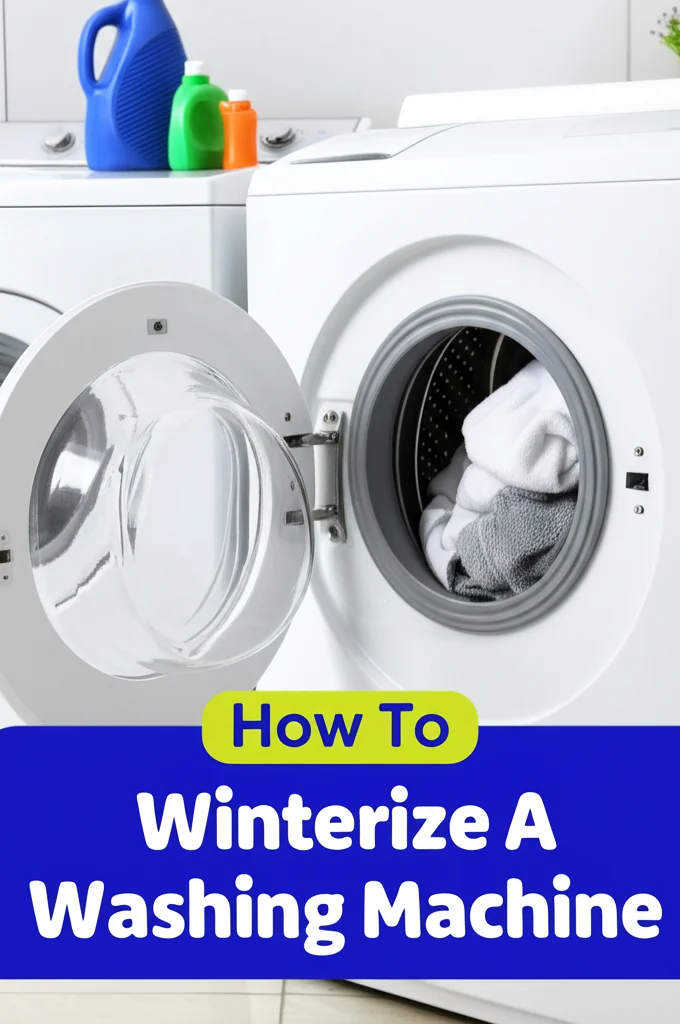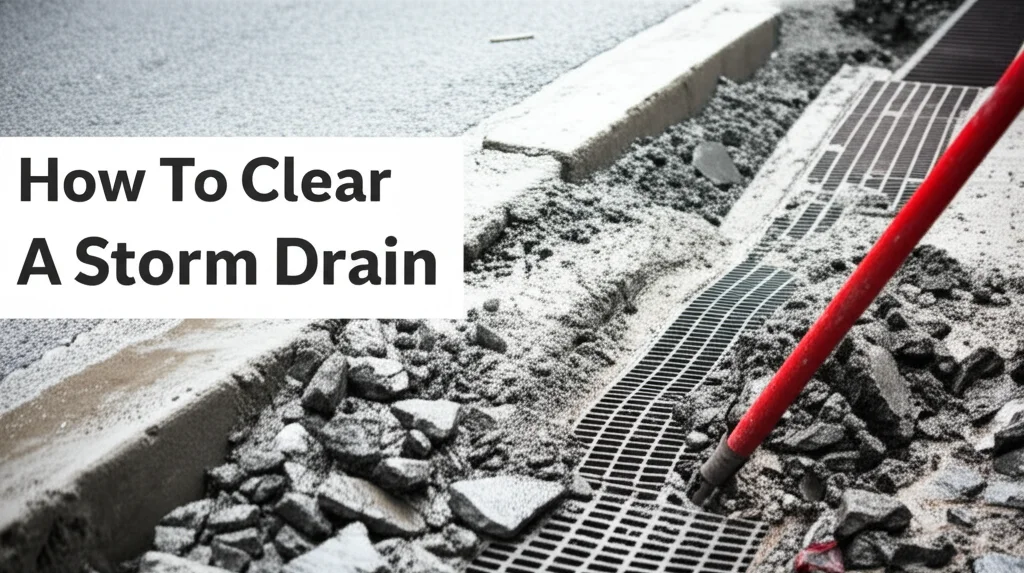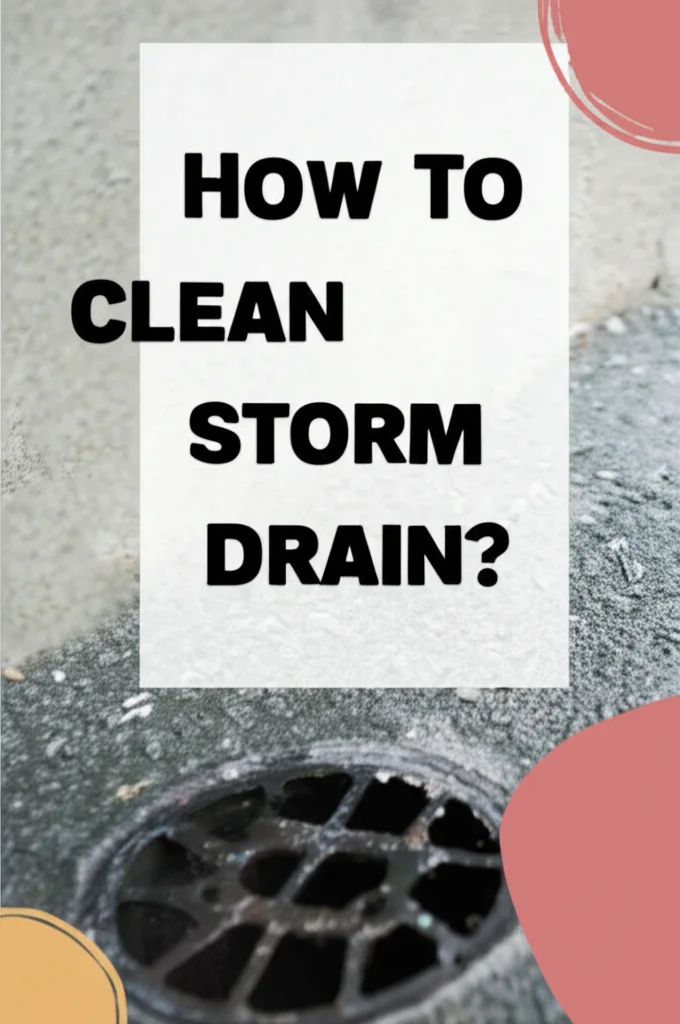· Home Maintenance · 6 min read
How To Winterize A Washing Machine

Protect Your Appliance: How To Winterize A Washing Machine
Is your washing machine located in a garage, basement, or unheated area? If so, you need to take steps to protect it from freezing temperatures. A frozen washing machine can lead to burst pipes, costly repairs, and a lot of inconvenience. This guide will show you how to winterize your washing machine, ensuring it stays in top working condition throughout the cold months. We’ll cover everything from draining hoses to insulating pipes, so you can avoid a winter laundry disaster.
Takeaway:
- Drain all water from the washing machine and hoses.
- Disconnect and insulate water supply lines.
- Consider adding heat to the room if possible.
- Run an empty cycle with RV antifreeze.
What does it mean to winterize a washing machine?
Winterizing a washing machine means preparing it for freezing temperatures to prevent damage to its components. This primarily involves removing all water from the machine and its connected hoses, and protecting the pipes from freezing and bursting.
Why Winterizing Your Washing Machine Is Crucial
Freezing water expands, and this expansion can cause pipes to crack or burst. A burst pipe in your washing machine can lead to significant water damage in your home, not to mention the cost of repairing or replacing the appliance. Taking the time to winterize your washing machine is a small investment that can save you a lot of money and headaches down the road. It’s especially important if you live in an area with consistently below-freezing temperatures. Don’t wait for a problem to occur; proactive maintenance is key.
Step 1: Disconnect the Water Supply
Before you begin any other steps, you need to disconnect the water supply to your washing machine. Locate the hot and cold water shut-off valves behind the machine. Turn both valves clockwise until they are completely closed. This stops water from flowing into the machine. Next, carefully disconnect the water supply hoses from the back of the washing machine and the valves. Have a bucket and towels handy to catch any remaining water in the hoses. This is a simple step, but it’s essential for preventing water from remaining in the system.
Step 2: Drain the Washing Machine
Even after shutting off the water supply, there’s still water trapped inside your washing machine. You need to drain this water completely. Most washing machines have a drain hose located at the back. Place the drain hose into a bucket or a floor drain. If your machine has a drain pump filter, locate and open it to allow any remaining water to drain out. Some machines have a self-drain cycle; consult your owner’s manual to see if yours does and use it if available. Ensure all water is removed before proceeding.
Step 3: Empty and Insulate the Drain Hose
The drain hose is another area where water can freeze and cause problems. After draining the machine, disconnect the drain hose from the wall drain or standpipe. Blow into the hose to remove any remaining water. You can also use a wet/dry vacuum to suck out any lingering moisture. Once empty, insulate the drain hose with pipe insulation foam, available at most hardware stores. This will help prevent any residual water from freezing. Consider looping the hose and securing it to the wall to keep it off the cold floor. For more information on keeping your home protected, check out https://beacleaner.com/how-to-remove-mold-from-shower-caulking/.
Step 4: Protect the Water Supply Hoses
Now that the water supply is disconnected, you need to protect the hoses themselves. After draining them, pour a small amount of RV antifreeze (specifically designed for plumbing systems – never use automotive antifreeze) into each hose. Tilt and shake the hoses to ensure the antifreeze coats the inside surfaces. This will prevent any remaining water from freezing and expanding. Then, wrap the hoses with pipe insulation or heat tape. Heat tape provides a small amount of warmth to prevent freezing, but follow the manufacturer’s instructions carefully. Properly insulated hoses are a crucial part of winterizing your washing machine.
Step 5: Run an Empty Cycle with RV Antifreeze
To ensure all internal components are protected, run an empty wash cycle with about a cup of RV antifreeze. Select the smallest load size and the coldest water temperature. This will circulate the antifreeze through the machine’s internal hoses and pump, providing an extra layer of protection. Be sure to read your washing machine’s manual to confirm this process won’t damage your specific model. This step is particularly important for machines that are difficult to completely drain. You can find more information on maintaining your appliances at https://beacleaner.com/how-to-clean-washing-machine-pipes/.
Step 6: Consider Heating the Room
If your washing machine is located in an unheated space like a garage or basement, consider adding some heat to the room. A small space heater can make a significant difference in preventing freezing. Be sure to follow all safety precautions when using a space heater, including keeping it away from flammable materials and never leaving it unattended. Even a slight increase in temperature can prevent pipes from freezing. Alternatively, you could improve the insulation of the room to help retain heat.
FAQ About Winterizing Your Washing Machine
Q: What type of antifreeze should I use? A: Always use RV antifreeze specifically designed for plumbing systems. Automotive antifreeze is toxic and can damage your washing machine. RV antifreeze is non-toxic and safe for plumbing applications.
Q: Can I use salt to prevent freezing? A: No, salt can corrode the metal components of your washing machine and should not be used. RV antifreeze is the recommended solution.
Q: How often should I winterize my washing machine? A: Winterize your washing machine whenever temperatures are expected to drop below freezing for an extended period. If you live in a consistently cold climate, you may need to winterize it for the entire winter season.
Q: What if my pipes still freeze after winterizing? A: If your pipes freeze despite your efforts, do not attempt to thaw them with a direct flame. Use a hairdryer on a low setting or wrap the pipes with warm towels. If you’re unable to thaw the pipes yourself, call a plumber.
Conclusion: Protect Your Investment This Winter
Winterizing your washing machine is a simple process that can save you from costly repairs and the inconvenience of a broken appliance. By following these steps – disconnecting the water supply, draining the machine, insulating hoses, and using RV antifreeze – you can ensure your washing machine survives the winter months unscathed. Don’t let freezing temperatures catch you off guard. Take the time now to protect your investment and enjoy worry-free laundry all winter long. Remember, a little preparation goes a long way! For more helpful cleaning and maintenance tips, explore our other articles at https://beacleaner.com/.




